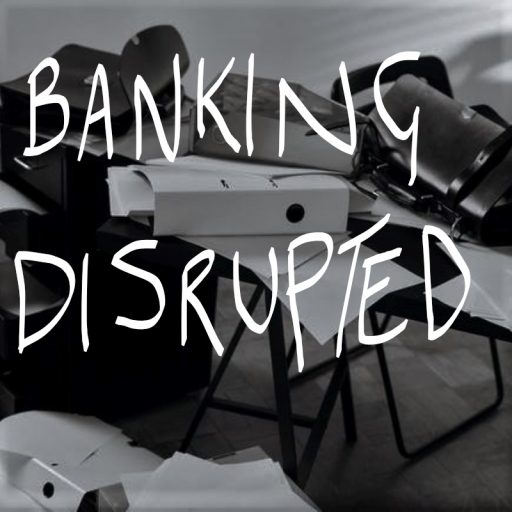The cost-of-living crisis in the UK has become more pointed over the last 24 months, with consumers feeling the impact on disposable income. The cost of necessities, such as housing, food, and energy, continues to rise faster than people’s incomes, making it difficult for some consumers to make ends meet. Financial hardship for most consumers in the UK appears to be a trend that is more likely to take longer to correct, particularly for those on low incomes. Any help that consumers can now get to make money stretch further or to make it easier to pay for goods and services is very welcome, and hence Buy-Now-Pay-Later (BNPL) options are now an essential payment method for many households. BNPL is the ability to pay for goods and services in instalments, making it easier to spread the cost of many purchases, particularly high-cost ones.
How does Buy-Now-Pay-Later work ?
A BNPL technical solution typically involves several technical steps and processes. Firstly, the BNPL solution must be integrated with the merchant or retailer. Here, the BNPL provider integrates their platform with the merchant’s website or point-of-sale system, allowing the BNPL provider to offer their payment options at the checkout. Once this integration has occurred, customers can select the BNPL option at the checkout; just as they can choose Visa, MasterCard, Visa Debit, ApplePay, and others today.
Customers need to provide personal and payment information to finance items using BNPL; the BNPL provider uses algorithms and data to assess the customer’s ability to repay the loan. This approval process typically involves a soft credit check, which does not affect the customer’s credit score. Once the BNPL provider is satisfied that the consumer is a “good credit option, ” they are approved for use, extending a line of credit.
Next, the purchase confirmation process kicks in. Once the customer is approved, the BNPL provider confirms the purchase with the merchant/retailer and pays the merchant/retailer for the total purchase amount. The customer receives their product or service immediately. The customer is then given a repayment schedule outlining each instalment amount and the due date. The customer is typically charged interest or fees on each instalment, depending on the terms of the BNPL agreement. The customer is responsible for making each instalment payment on or before the due date. Customers may be charged late fees or interest if they miss a payment.
Overall, a BNPL technical solution allows customers to pay for their purchases over time while allowing merchants to increase sales and improve customer satisfaction.
One of the most successful and profitable BNPL providers is Klarna, founded in 2005. Klarna is a popular BNPL solution that allows customers to pay for their purchases in instalments. Klarna works with over 500,000 retailers across 45+ countries worldwide, offering various payment options, including Pay in 4 and Pay later. As of the end of 2022, Klarna has 150 million active customers using this service. Apple has also announced (March 2023) its plans to introduce BNPL services, capitalising on the success of ApplePay as an established payment method.
How does a BNPL technical solution work?
When it comes to making a BNPL available at the point of purchase, there are a few steps that retailers/merchants need to take:
- Integration with the merchant: The BNPL provider integrates their platform with the merchant’s website or point-of-sale system. This integration allows the BNPL provider to offer their payment options at checkout
- Customer selects BNPL option: When a customer is ready to make a purchase, they can pay using the BNPL solution. The customer selects the option and enters their personal and payment information
- Approval process: The BNPL provider uses algorithms and data to assess the customer’s loan repayment ability. The approval process typically involves a soft credit check, which does not affect the customer’s credit score
- Purchase confirmation: If the customer is approved, the BNPL provider confirms the purchase with the merchant and pays the merchant for the total purchase amount. The customer receives their product or service immediately
- Repayment schedule: The customer is then given a repayment schedule outlining each instalment amount and the due date. The customer is typically charged interest or fees on each instalment, depending on the terms of the BNPL agreement
- Repayment: The customer is responsible for making each instalment payment on or before the due date. If the customer misses a payment, they may be charged late fees or interest
BNPL capability equips retailers to serve customers better, giving them the flexibility to pay for their purchases over time while allowing retailers to increase sales and improve customer satisfaction.
How do BNPL companies make money?
Buy now pay later (BNPL) companies make money through several revenue streams. Some of the ways BNPL companies generate revenue are:
- Merchant fees: BNPL companies charge a fee to merchants for processing transactions through their platform. This fee can vary depending on the size of the merchant and the volume of transactions processed.
- Interest charges: Some BNPL companies charge interest on outstanding balances not paid in full by the due date. These interest charges can be significant and a significant revenue source for the company.
- Late fees: BNPL companies may also charge late fees if customers do not make payments on time. These fees can add up over time and be a significant revenue source.
- Data analytics: BNPL companies have access to a large amount of transaction data, which they can use to provide valuable insights to merchants. This data can be sold to merchants or used to develop targeted marketing campaigns.
The profitability of BNPL businesses can vary depending on the company and its business model. Some BNPL companies have reported profits, while others have yet to turn a profit. profitability of a BNPL business can depend on several factors, including interest rates, customer acquisition costs, and operational costs. While some BNPL companies have been profitable, others are still working to achieve profitability as they invest in growth and expansion.
In summary, do BNPL Companies create economic value for customers and retailers ?
BNPL can make it easier for people to make purchases without paying the entire cost upfront, which can be especially useful for larger purchases or unexpected expenses. The capability can also offer merchants a way to increase sales by providing customers with more payment options. This can be especially beneficial for small and medium-sized businesses that may not have the resources to offer financing options.
Conversely, some critics argue that BNPL can encourage overspending and lead to financial hardship for consumers who cannot keep up with payments or accrue high-interest charges. In some cases, BNPL companies may also encourage consumers to take on debt they cannot afford to repay.
Additionally, some BNPL companies have faced criticism for their business practices, such as opaque terms and conditions or high-interest rates and fees.
Overall, whether or not BNPL companies are good can depend on various factors, including individual financial situations, the specific terms and conditions offered by the BNPL company, and the overall impact on consumers and the economy. Therefore, consumers need to consider the costs and risks associated with BNPL carefully and only use these services if they can make full and timely payments.




